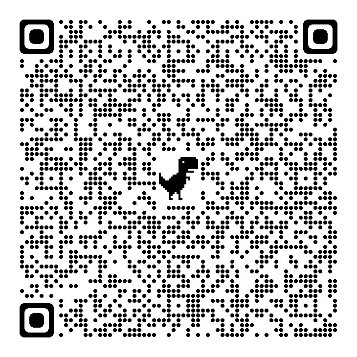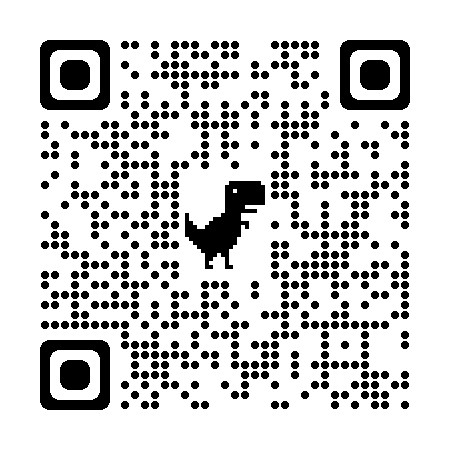Pressure Ulcer Prevention
Pressure ulcers are also known as pressure sores or bed sores. A pressure ulcer is an area of damaged skin or underlying tissue as a result of pressure or pressure in combination with shear. Pressure ulcers are usually caused by sitting or lying in the one position for too long. Pressure ulcers can occur quite quickly, even within a few hours, particularly if you are very unwell.
Pressure ulcers can occur in any area of the body though they are most common in areas that support your weight when you are sitting or lying e.g. your heels, buttocks, elbows and the back of your head.
Pressure ulcers usually start with an area of red or pink skin and this area may feel hot to touch, uncomfortable, painful or itchy. If the pressure to this area is not relieved a blister can develop or even an open wound.
Pressure ulcers are debilitating and painful and can have a significant impact on a person’s life. Preventing pressure ulcers will result in avoiding unnecessary pain, unnecessary admissions to hospital and prolonged lengths of stay.
Who is at risk of getting a pressure ulcer?
People of all ages are at risk of getting a pressure ulcer if they:
- Spend long periods of time in bed
- Are wheelchair users
- Have difficulty moving about
- Spend long periods sitting in a chair
- Have a serious illness
- Are elderly or weak
- Have poor circulation
- Wear ill fitting footwear
- Are incontinent
- Have a loss of sensation e.g. after a stroke or paralysis or have neuropathy
- Do not have a healthy diet or drink enough fluids.
How to avoid pressure ulcers
- If you spend long periods in bed try change position frequently e.g. every 2 hours
- If you cannot turn yourself ask family/friends/carers/your nurse to help you turn
- If necessary you may need special mattresses and cushions. These special mattresses and cushions reduce the amount of pressure that occurs when you are sitting or lying on them. NB They do not remove pressure. You still need to change position regularly
- Pillows can be used to stop knees and ankles touching when you are in bed. They can also be used to support your calves when lying in bed so your heels are not touching the mattress
- If you sit up in bed, make sure you do not slide down because this can drag your heels ad bottom causing a pressure ulcer
- If you are a wheelchair user, try to take the weight off your bottom every 30 minutes by leaning forward and pushing up on the arms of the chair. You can also roll from buttock to buttock for a short while
- If you are a wheelchair user it may be necessary for you to return to bed or to transfer to a sofa and lie on your side for short periods during the day to remove all pressure from at risk areas.
What else can be done to avoid pressure ulcers?
- Don’t smoke, and if you do please consider quitting. Free support is available, see useful links below
- Eat a healthy diet and drink plenty of water
- If your skin is healthy it is less likely to be damaged. Keep your skin clean and dry and apply moisturizing cream to areas of dry skin regularly
- Do not use talcum powder as it soaks up the natural oils in your skin and dries it out
- Avoid perfumed soaps
- If you suffer from incontinence – Keep skin clean and dry and change incontinence wear regularly. Cleanse skin with a non-perfumed cleanser with a pH of appox 5.5. Apply a barrier product to the skin (frequency will depend on the product chosen).
- If you are not able to move yourself allow the nurses, care staff or your family to help you.
If you already have a pressure ulcer
Along with following the advice identified above, your nurse or doctor will advise you on the best type of dressing for your pressure ulcer.
The most important thing you can do to heal a pressure ulcer is to keep pressure off the area!
Useful links and QR codes
Quit smoking - https://www2.hse.ie/living-well/quit-smoking/get-help-to-quit/?s_kwcid=AL!12973!3!642052207609!e!!g!!smoking+help&gclid=EAIaIQobChMIj9esv6usgAMVE-XtCh0V2AD0EAAYASAAEgKMCvD_BwE&gclsrc=aw.ds or you can scan the QR code below

Pressure Ulcer Overview and Treatment https://www2.hse.ie/conditions/pressure-ulcers/
